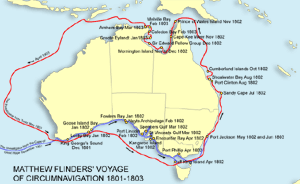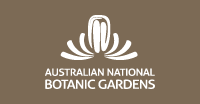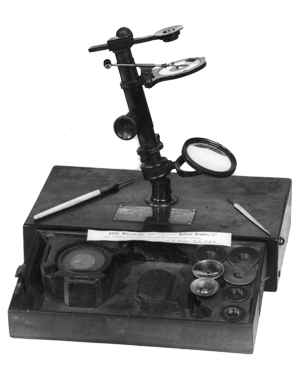The Botanical Discovery of Australia
Many of the European voyages of discovery included naturalists to help in the quest for new resources. From the time of the first European visitors to Australia, our unique plants became a source of great scientific, commercial and horticultural interest. Botanists of these early voyages made collections of plant specimens, and artists illustrated the living plants. Many of these specimens and illustrations survive today as a heritage of the botanical discovery of Australia.
 Captain
Cook's Voyage, 1770
Captain
Cook's Voyage, 1770
The famous naturalists of Cook's voyage were Joseph Banks and Daniel Solander. Sydney Parkinson accompanied them as the illustrator. They landed at eleven points on the Eastern Australian coast between April 28 and August 26, making collections and sketches at most of these places. Most landings were brief, of only a few hours or days. The only location involving an extended stay was at Endeavour River where they spent six weeks whilst the ship Endeavour was being repaired.
Some of the original botanical specimens collected by Banks and Solander are now preserved in the Australian National Herbarium. A few of those specimens are from the same material used by Parkinson to make his original sketches. Parkinson died before the voyage returned to England. His sketches were used to produce copper engravings originally commissioned by Banks. The plates were published in 1905 as black/white line illustrations and have since been released as colour prints known as Banks' Florilegium, starting in 1980.
See the coloured illustrations of plants collected on this voyage at the website of the Natural History Museum in London.
 |
Matthew Flinders' Voyage of Circumnavigation, 1801–1805
The botanist on Flinders' voyage around Australia was Robert Brown. Ferdinand Bauer was the artist who accompanied them. Some of the original botanical specimens collected by Brown are now preserved in the Australian National Herbarium, with Brown's handwriting on the buff-coloured labels. He collected nearly 3,900 specimens, including more than 1,700 species and 140 genera not previously known to science, and is affectionately known as the "father of Australian botany". Brown's specimens and the Prodromus published in 1810 formed the foundation for George Bentham's Flora Australiensis (1863–1878) and the Flora of Australia since 1981.
These specimens are from the same plants used by Ferdinand Bauer to make his original illustrations. Bauer's illustrations were exceptional in their quality and accurate detail. However they remained in careful custody of the British Museum until a selection of them was first published as a limited edition in 1976.
![An Australian Government Initiative [logo]](/images/austgovt_brown_90px.gif)








